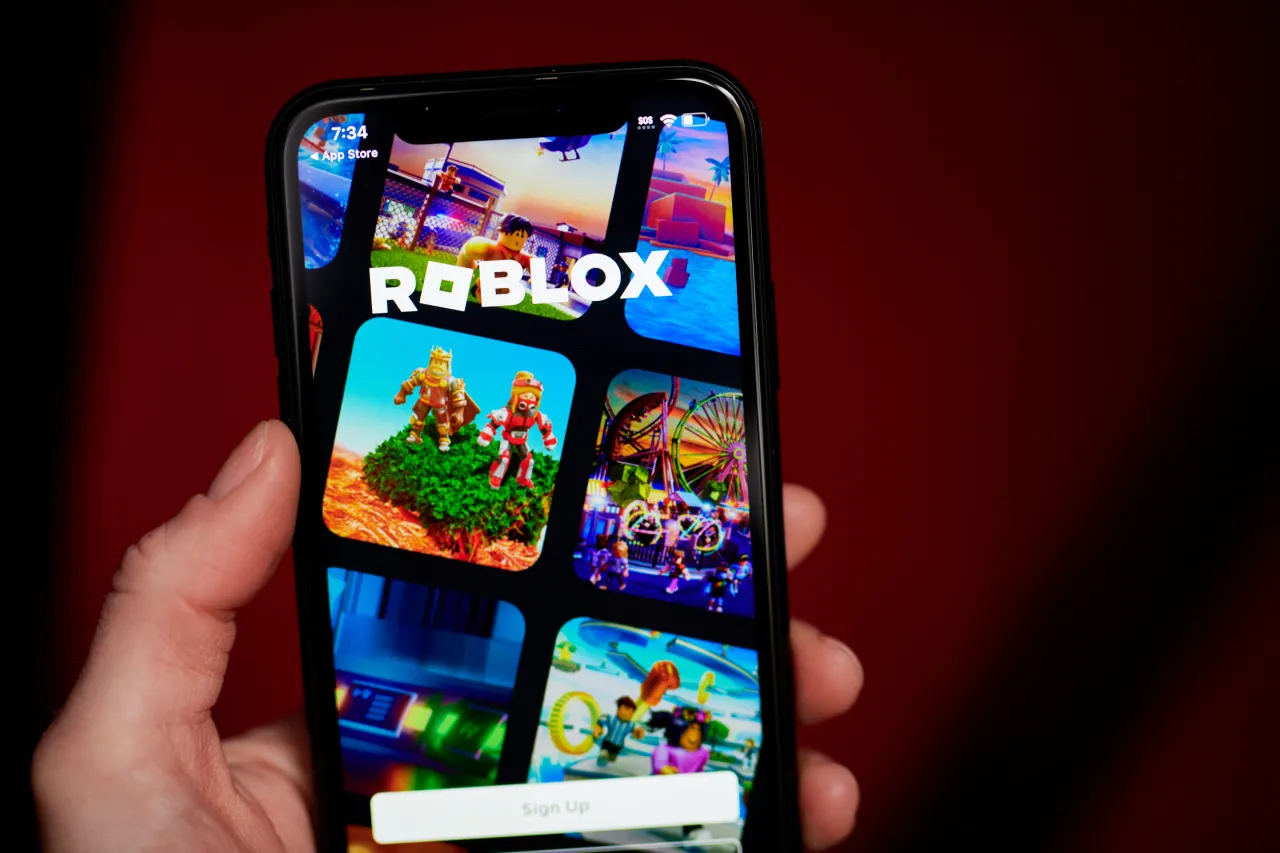The groundbreaking partnership between Roblox and Shopify is poised to transform the digital fashion industry by seamlessly merging e-commerce with immersive virtual environments. This collaboration unlocks exciting opportunities for digital fashion brands, independent creators, and gaming platforms, paving the way for a new era of virtual fashion experiences and real-world product sales. In this article, we’ll explore how this partnership is set to boost user engagement, expand the Total Addressable Market (TAM) for digital fashion, and open up innovative revenue streams for both brands and creators. Discover the future of fashion in the metaverse and beyond.
Merging Virtual and Physical Fashion Worlds
Roblox, known for its virtual fashion items, is now merging virtual and physical retail through Shopify’s integration. Users can buy real-world versions of virtual items within the same platform, creating a seamless connection between their digital avatar’s wardrobe and their physical one.
For fashion brands, this partnership provides access to Roblox’s 80 million daily active users, many of whom are Gen Z with strong purchasing power. The integration allows brands to sell both digital and physical products, offering a hybrid shopping experience tailored to digital-first consumers.
Expanding E-commerce in Gaming
E-commerce in gaming is on the rise, and Roblox’s partnership with Shopify brings fashion brands closer to this growing revenue stream. By integrating Shopify’s checkout system, brands can seamlessly sell physical goods within the gaming environment. The Total Addressable Market (TAM) for digital fashion has already reached approximately $40 billion, and the integration of e-commerce in gaming is expected to drive further growth. According to Morgan Stanley, virtual goods are expected to generate more than $50 billion in sales annually by 2030. This suggests that integrating physical goods within gaming ecosystems like Roblox could significantly boost digital fashion’s TAM.
For digital fashion brands, the potential to reach a global gaming audience and integrate e-commerce is a game-changer. This opens up direct sales channels that combine entertainment with commerce, allowing users to shop for physical goods while they engage with digital environments. This collaboration gives brands a powerful platform to increase sales and deepen engagement with younger consumers.
Creating New Revenue Streams for Digital Fashion Designers
Digital fashion creators on Roblox have already found success selling virtual garments for avatars, but with the integration of Shopify, they can now expand into selling physical merchandise, unlocking new revenue streams. Independent designers who previously offered only digital assets can now create and sell physical products directly through the Roblox platform, significantly boosting their monetization potential.
This integration democratizes fashion by providing smaller creators with access to Shopify’s robust e-commerce tools, enabling them to compete with larger brands. Roblox has facilitated over $500 million in creator earnings, and with Shopify’s integration, this figure is expected to grow as digital and physical products converge.
The fusion of virtual and physical shopping experiences broadens designers’ portfolios, offering more opportunities to monetize creativity and transcend the limitations of traditional fashion retail. This shift allows creators to engage consumers in both digital and physical realms, driving greater success in the evolving fashion landscape.
Empowering Creator Tools and Platforms
One of the most exciting opportunities for digital fashion lies in the development of new creator tools that will emerge from this partnership. Shopify’s integration with Roblox is only the beginning—Roblox has also announced that it is working on tools to help creators manage merchandising, checkout, and order confirmations within the experience. These tools will empower designers and developers to have greater control over their digital storefronts, streamline the purchasing process, and improve user experiences.
By building intuitive and comprehensive creator tools, Roblox enables fashion designers to manage the full life cycle of their products, from design to sale to fulfillment. This development opens up significant opportunities for creators who previously might not have had the resources to enter the physical retail space. With these tools, small and independent designers can build thriving businesses within Roblox and other virtual worlds, scaling up their operations as demand grows.
Furthermore, these tools may expand to include advanced features such as AI-driven customer insights, personalization engines, and inventory management, ensuring that creators can offer tailored experiences to their users. The addition of such tools will further strengthen the role of Roblox as a platform for both digital and physical fashion commerce.
Driving Brand Loyalty through Gamification and Engagement
The integration of e-commerce within Roblox’s platform unlocks exciting gamification opportunities for brands, allowing them to enhance consumer engagement through interactive experiences. Brands can reward users for purchasing physical products by offering exclusive virtual items or unique in-game experiences. For example, buying a physical t-shirt could grant access to a limited-edition virtual garment, encouraging users to interact with the brand across both digital and physical realms.
Gamification also drives brand loyalty, particularly among Gen Z, who prefer immersive and rewarding shopping experiences. By blending gaming mechanics with retail, brands can forge stronger connections with their audiences and encourage repeat purchases. Roblox’s highly interactive environment is perfectly suited for these gamification strategies, where users are already engaged and willing to invest time and money in virtual experiences.
Impact on Digital Fashion’s Total Addressable Market (TAM)
Roblox’s massive user base, combined with its new partnership with Shopify, is set to significantly expand the Total Addressable Market (TAM) for digital fashion. As e-commerce integrates with gaming platforms, the global digital fashion market—currently valued at $40 billion—is primed for even greater growth. According to Goldman Sachs, the global gaming market could hit $321 billion by 2026, with the convergence of gaming and e-commerce as a major growth driver. Digital fashion will be a key contributor to this market expansion.
The blending of digital and physical goods on platforms like Roblox also extends the lifetime value (LTV) of users. With more opportunities for engagement, brands can increase average order value (AOV) and drive repeat purchases, directly impacting digital fashion’s TAM.
By enabling developers to sell both physical and digital products, Roblox is evolving from a pure entertainment platform into a comprehensive retail marketplace. This shift positions digital fashion as a central player in the future of retail, creating new markets that seamlessly merge digital entertainment with consumer goods.
Opportunities for Data-Driven Personalization and AI
The integration of Shopify’s e-commerce tools within Roblox is set to generate valuable data on user behaviors, preferences, and shopping patterns. This wealth of data gives brands the chance to implement AI-driven personalization, enhancing the overall shopping experience. By leveraging AI, brands can offer personalized recommendations for physical products based on users’ avatar purchases or frequently interacted digital items.
AI can further streamline the entire sales funnel, from product discovery to checkout, using real-time insights and predictive analytics. This enhances marketing strategies, optimizes inventory management, and improves customer satisfaction. The potential of AI-driven fashion is immense, allowing brands to customize both digital and physical offerings like never before, driving engagement and boosting sales.
Building Hybrid Fashion Experiences
The Shopify and Roblox partnership offers brands an unparalleled opportunity to create hybrid fashion experiences that seamlessly blend digital and physical worlds. Virtual fashion shows can now drive real-world sales, allowing users to instantly purchase featured clothing within the game. Additionally, physical products sold via Roblox can unlock exclusive in-game content, enhancing the value of both virtual and physical items.
These hybrid experiences cater to a generation that prioritizes convenience, immersion, and digital connectivity. Brands that embrace these trends will be well-positioned to create engaging, impactful experiences that boost sales, enhance customer loyalty, and strengthen their presence in both virtual and physical marketplaces.
Conclusion
The partnership between Roblox and Shopify unlocks a vast array of opportunities in the rapidly growing digital fashion space. By integrating digital and physical shopping experiences, providing independent creators with cutting-edge tools, and expanding the Total Addressable Market (TAM) for digital fashion, this collaboration is set to redefine the future of fashion retail. Brands and designers can now engage with younger, tech-savvy audiences through immersive virtual experiences, blurring the lines between virtual and real-world commerce. As this dynamic partnership reshapes the industry, it marks a transformative moment in the evolution of digital fashion.



